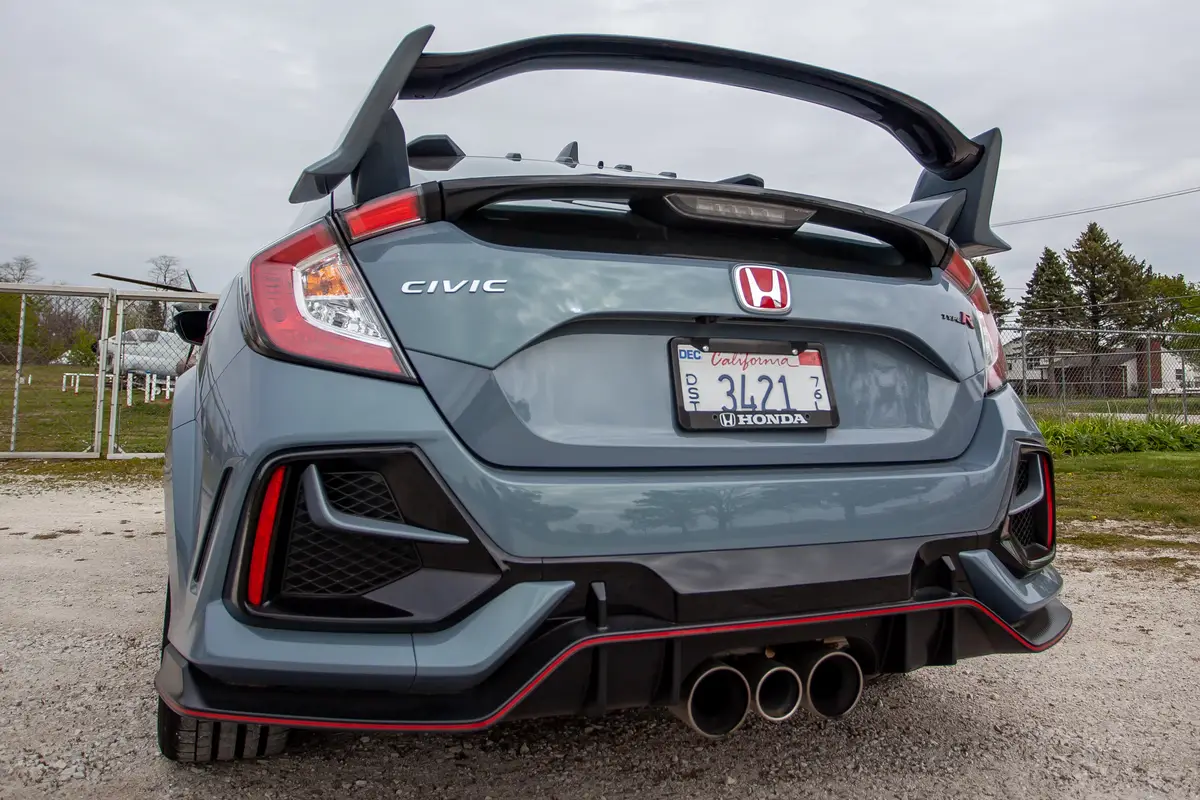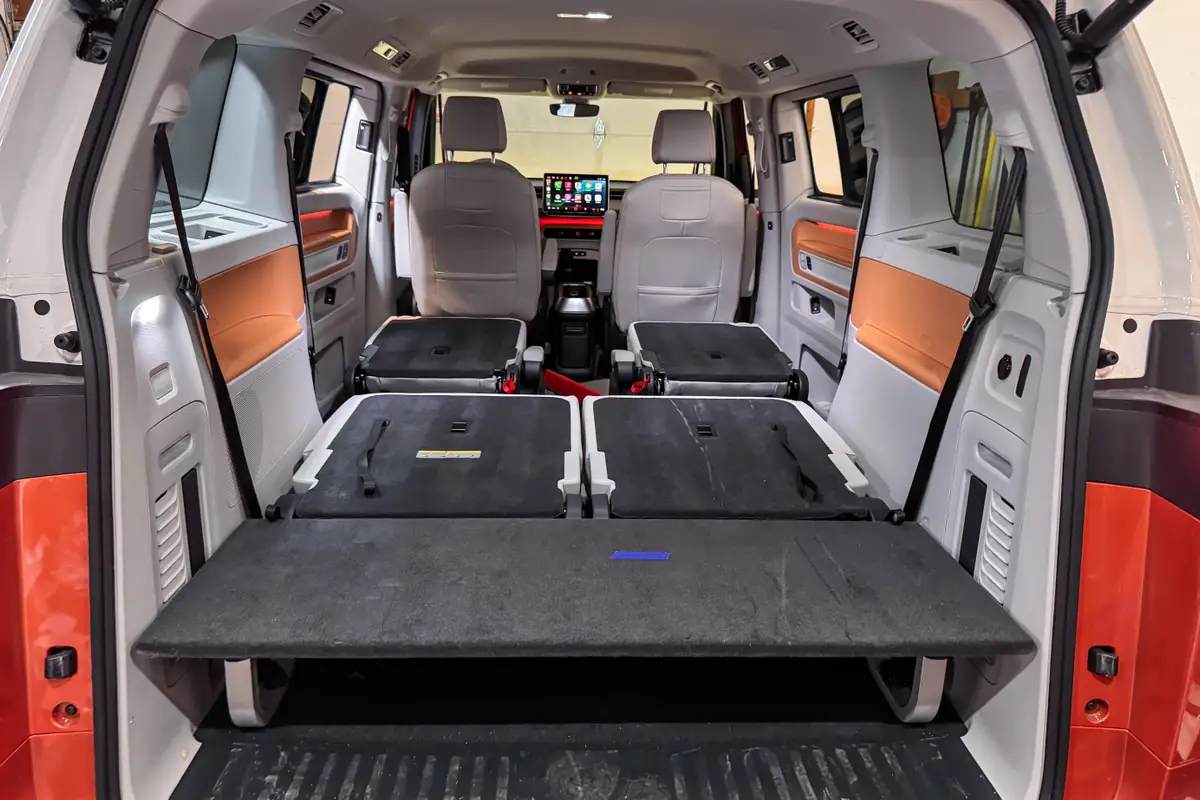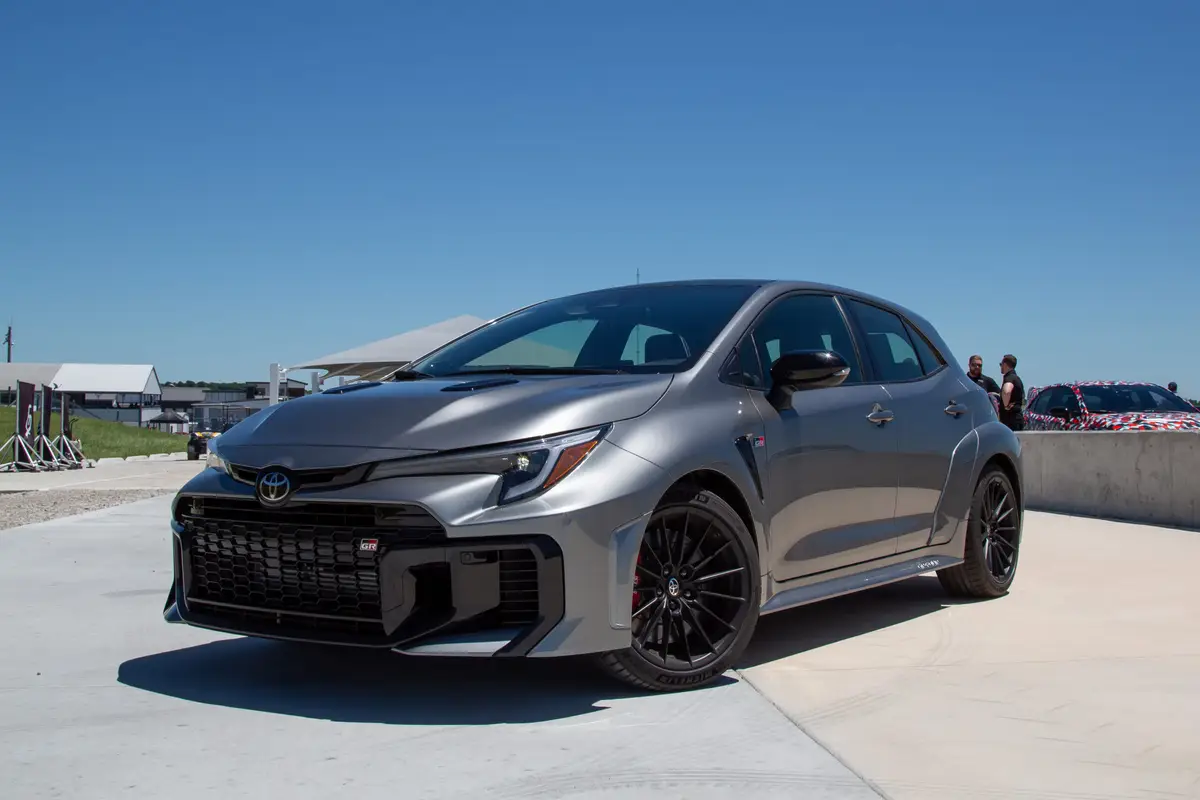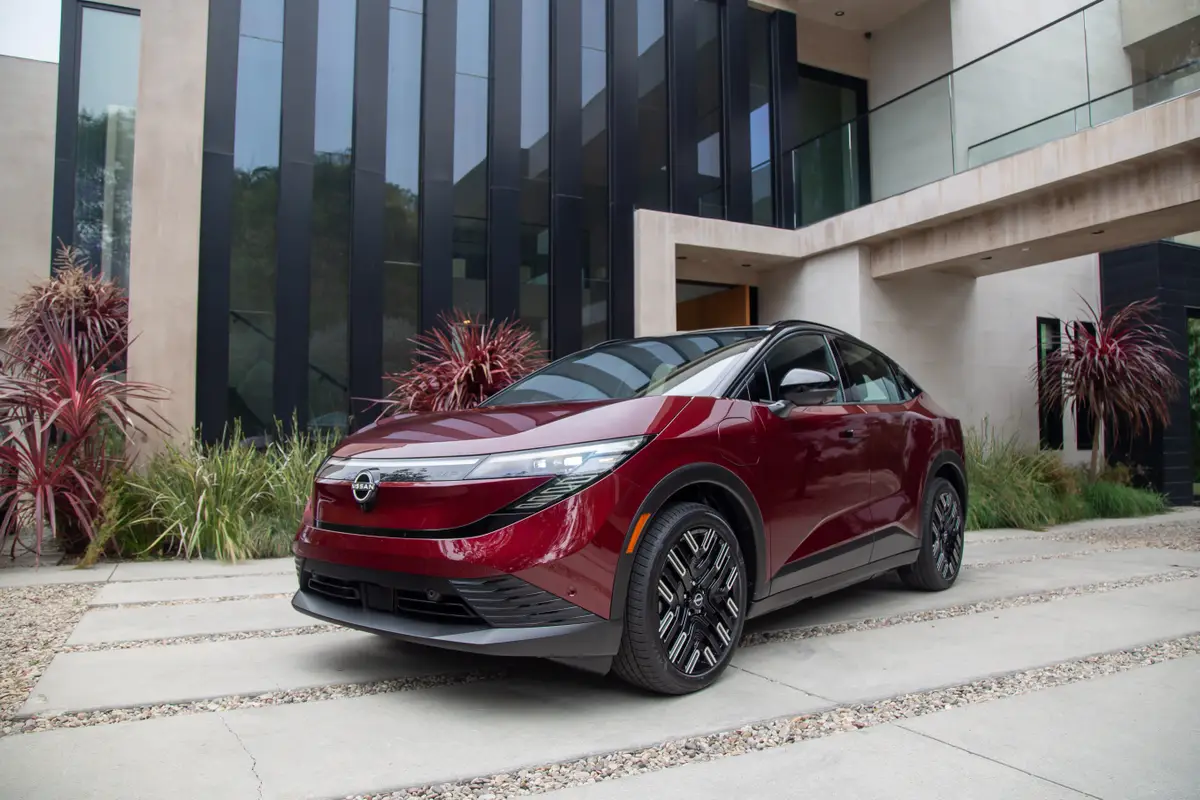What Does a Spoiler Do?

Spoilers are supposed to change airflow above, around and underneath vehicles to reduce wind resistance (or drag) or use the air to create more downforce and enable more grip at high speeds. They’re designed to “spoil” the airflow to reduce its negative effects.
Related: What Does Hemi Mean?
- ${price_badge()}
- ${ami_badge()}
- ${battery_badge()}${ev_report_link()}
- ${hot_car_badge()}
- ${award_badge()}
- ${cpo_badge()}
${price_badge_description}
${ami_badge_description}
The EV Battery Rating is based on this vehicle's current expected range relative to the vehicles expected range when new. ${battery_badge_text}
Certified cars are manufacturer warrantied and typically go through a rigorous multi-point inspection.
This car is likely to sell soon based on the price, features, and condition.
${award_blurb}
${award_two_blurb}
Shop the 2020 Honda Civic Type R near you

Spoilers started to come into vogue in the 1960s as automakers sought to improve the aerodynamics (the management of air flowing around a vehicle) of racecars and performance vehicles. Later, federal fuel economy regulations motivated automakers to improve the aerodynamics of all vehicles to generate higher mileage ratings. A car with less wind resistance uses less fuel at highway speeds.
Mention the term “spoiler” and most will probably think of a wing-type spoiler sitting above the deck lid of a car, but spoilers also are used at the front to direct air to the sides so that less goes underneath. Side “skirts” along the rocker panels also serve as spoilers.
As a vehicle travels faster, aerodynamic drag increases, making the engine work harder to maintain speed. More air gets underneath it, as well, creating “lift,” which reduces grip and makes the vehicle less stable. Front spoilers reduce the amount of air going under the vehicle. At the rear, where airflow tends to be more turbulent and generate more lift, spoilers create more downforce to keep the vehicle firmly planted on the road.
But spoilers are only one part of the aerodynamic picture, and they may be only a small part. The styling and height of a vehicle, the size of the grille, shape of the front bumper and headlights, the design of the roof, rear window and trunk, and other factors all play significant parts in managing airflow.
Automakers spend millions to hone the aerodynamics of a vehicle before it goes on sale to improve fuel economy and stability at high speed, as well as to reduce wind noise. The only spoilers many vehicles have are an air dam under the front bumper and a modest “lip” spoiler integrated into the trunk lid. Some performance models come with more prominent rear spoilers or wings perched above the trunk, but that doesn’t necessarily mean they’re more aerodynamic or can go faster.
A well-designed rear wing will act like an upside-down aircraft wing to produce downforce instead of lift, but sticking any appendage to the outside of a vehicle is bound to disrupt the aerodynamics that were designed into it. A badly designed wing may even hurt fuel economy, top speed or stability.
More From Cars.com:
- What Does VTEC Stand For?
- What Is Dexos Oil?
- What Does TPMS Mean?
- What Does SRS Mean?
- Find Your Next Car
Note on such performance models that the manufacturers often don’t claim that they improve aerodynamics or downforce. That could be a tacit admission that they’re more for show than go. Dealers and aftermarket companies also sell spoilers, wings and other “aero” hardware, but often they are mainly for decoration. For example, check out how many Toyota Camrys — the ultimate middle-of-the-road family sedan — have an add-on decklid spoiler.
Spoilers also can have counterintuitive effects. For example, a spoiler that protrudes upward from the trunk of a performance car or a NASCAR stock car reduces drag even though it sticks up and blocks the air. Similarly, aerodynamic testing has found that pickup trucks have less drag with the liftgate in place than with it lowered or removed.
Cars.com’s Editorial department is your source for automotive news and reviews. In line with Cars.com’s long-standing ethics policy, editors and reviewers don’t accept gifts or free trips from automakers. The Editorial department is independent of Cars.com’s advertising, sales and sponsored content departments.
Featured stories




